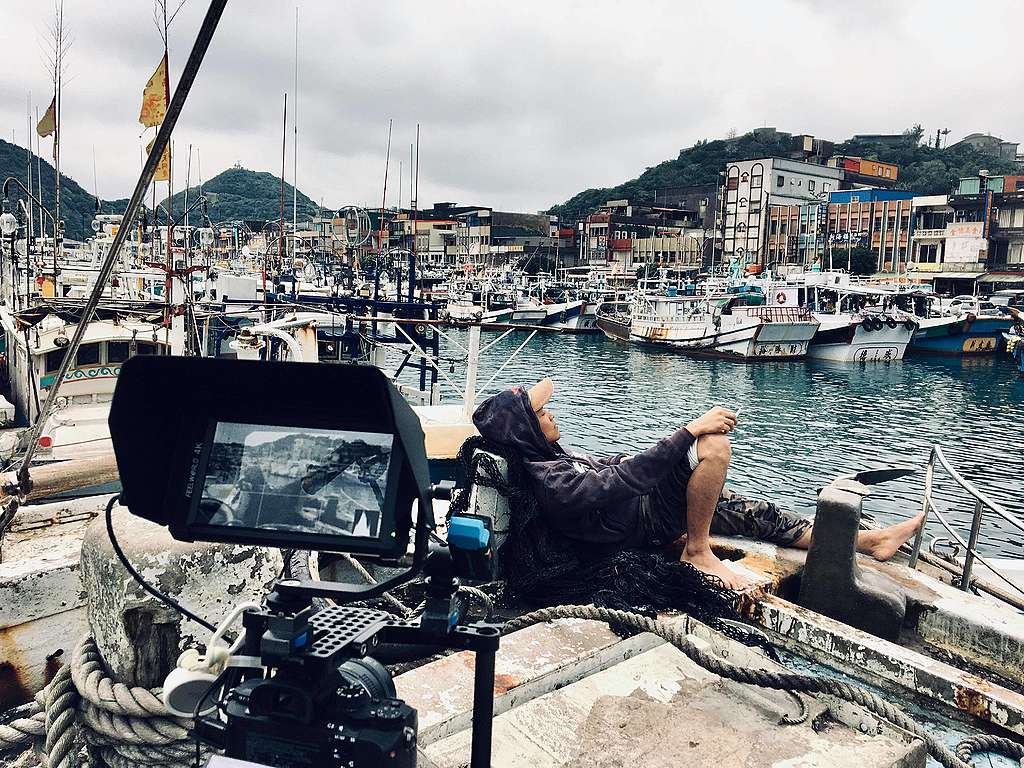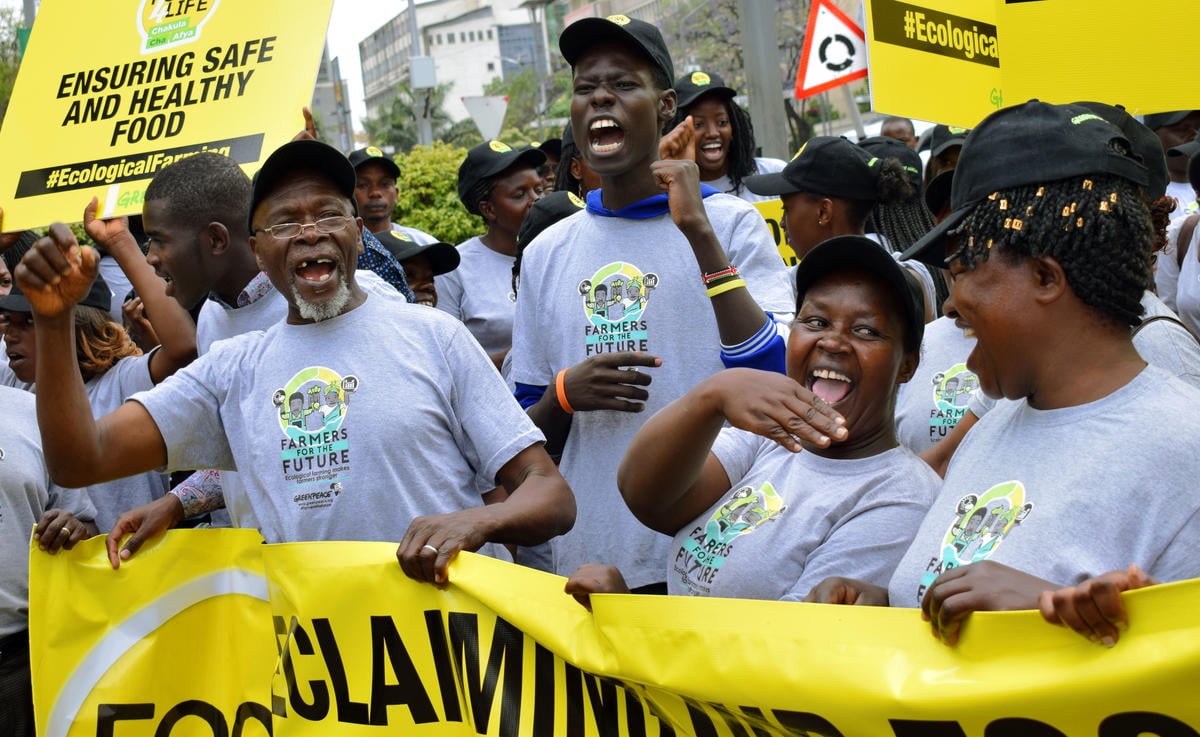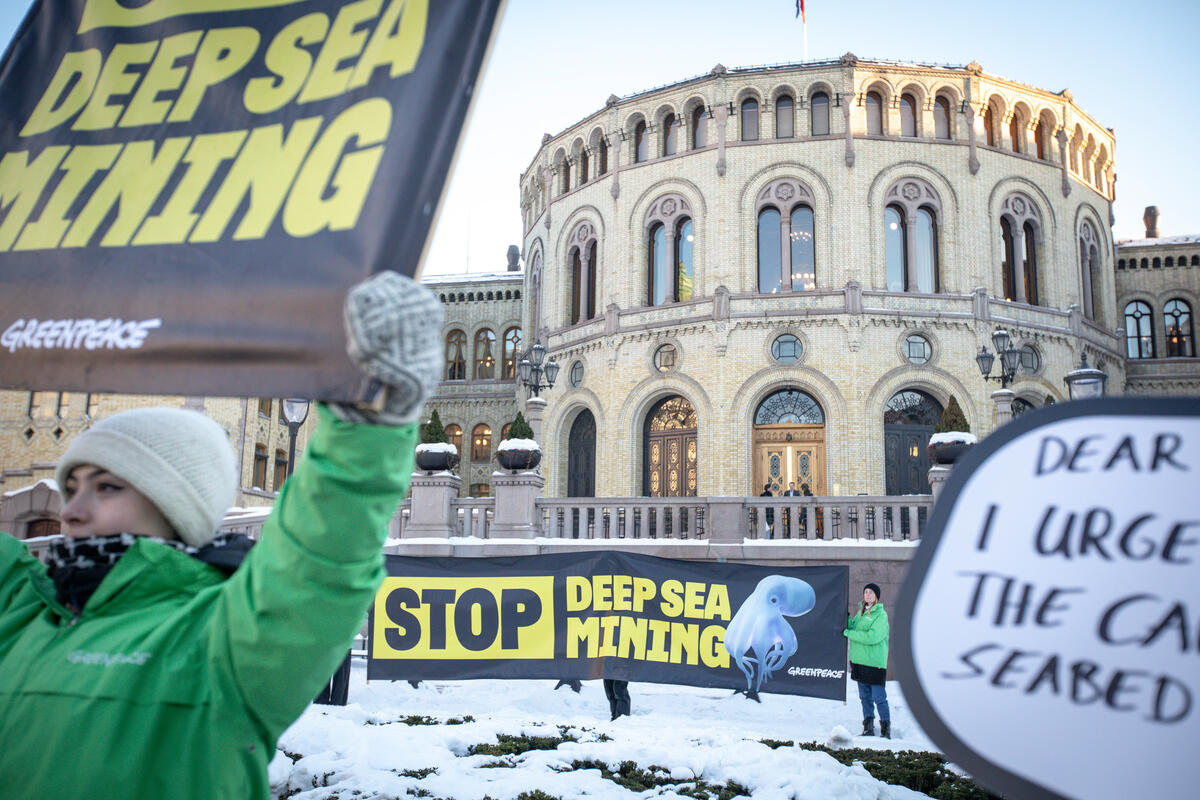The promise of work on foreign shores usually ignites hopes, dreams, and ambitions. For hundreds of thousands of migrant fishers, mainly from Southeast Asia, who are deployed overseas onto massive fishing vessels each year to help pick and pack tonnes of seafood for global consumption, this job represents a pathway to a better life: the chance to earn more money than they could in their home country, and the opportunity to provide for their family. But once on-board and far away from land, working long hours and exposed to the harsh elements, their hopes and dreams become as distant as the out-of-sight shore.
In two short films, the journey of a migrant fisher is brought to life to show how it is possible to get caught up in the deceptive system employed by the seafood industry. Filmed in Taiwan with a cast led by real-life Indonesian migrant workers, the films highlight the human story behind the people who catch our seafood.

In the first film, various migrant fishers tell stories about their harsh living and working conditions and unfair treatment, all based on real-life case studies as uncovered by Greenpeace East Asia.
“If I could turn back time, I would’ve never boarded that vessel,” says one fisher.
In the second film, we catch a glimpse of what home life is like for one migrant fisher. Playing with his son, he tells him his many adventures at seas.
“When I grow up, I want to be just like you Daddy, working on the sea and taking on whales,” says his son.
Back on the vessel, the reality is that for the migrant fisher, thinking about his son is the only hope keeping him alive.
These stories played out on film are not far from the truth. Greenpeace East Asia and Southeast Asia have uncovered cases showing how migrant fishing workers stay for months, or even years, at sea on-board industrial fishing vessels under conditions reported to be so severe it can only be characterised as modern slavery, and sometimes resulting in death. Some of these cases have been linked back to big name brands known for selling seafood as cheaply as possible.
More than 30 migrant fishers in Taiwan were interviewed for the making of these films, and despite the working conditions and treatment, most said they were afraid of losing their jobs if they dared to complain. Even so, there was no recourse for them to make any complaints.
Though these migrant fishers might feel powerless against a system that seeks to use and abuse them, as consumers we can help raise attention to this issue and help prevent modern slavery at sea.
Like other foods we consume, what you see packed in a can, in the frozen food aisle, or at your local fresh seafood market hides a story. How it got there, who caught it, and where and how it was caught is often overlooked. Getting an entire industry to change its practices is not easy, but by being informed with what’s happening at sea and by knowing what to look for in sustainable seafood, you can be an ocean-friendly consumer.
Shuk-Wah Chung is the Communications Lead for the global fisheries campaign with Greenpeace Southeast Asia.



